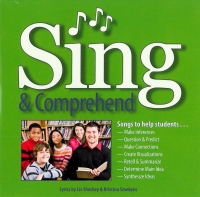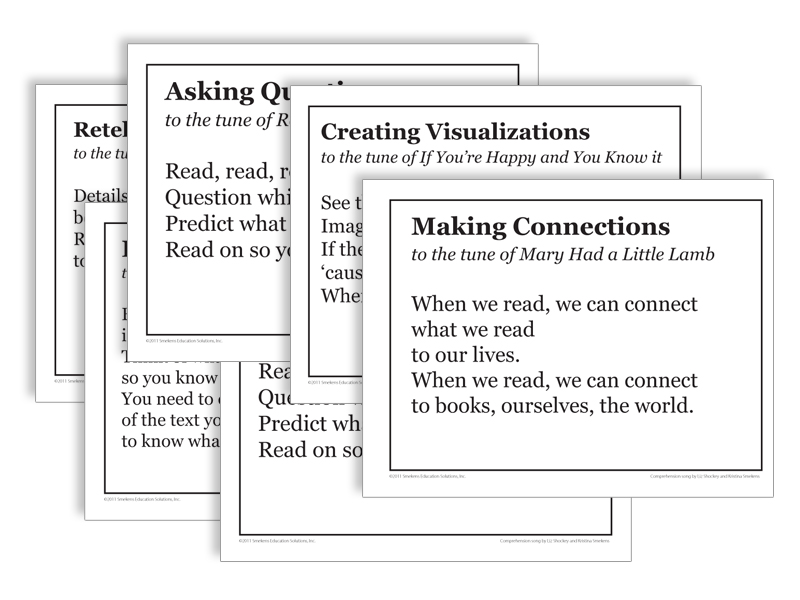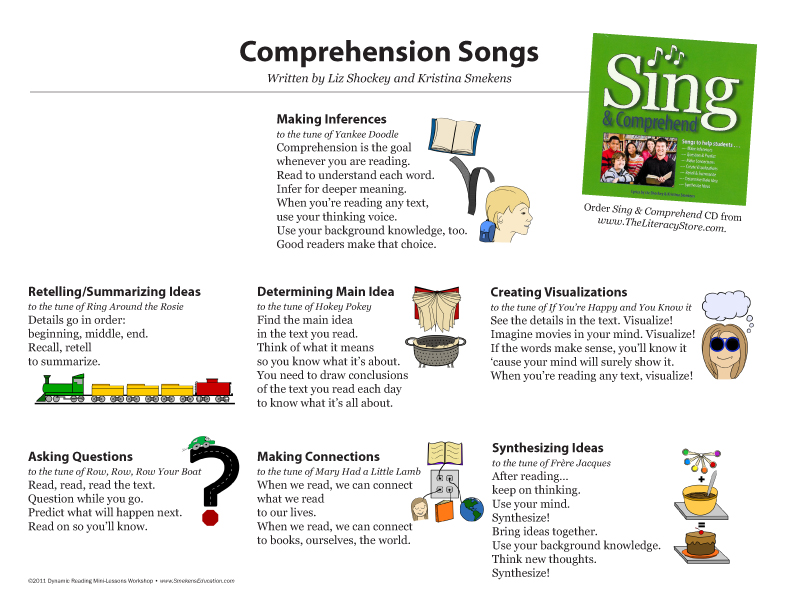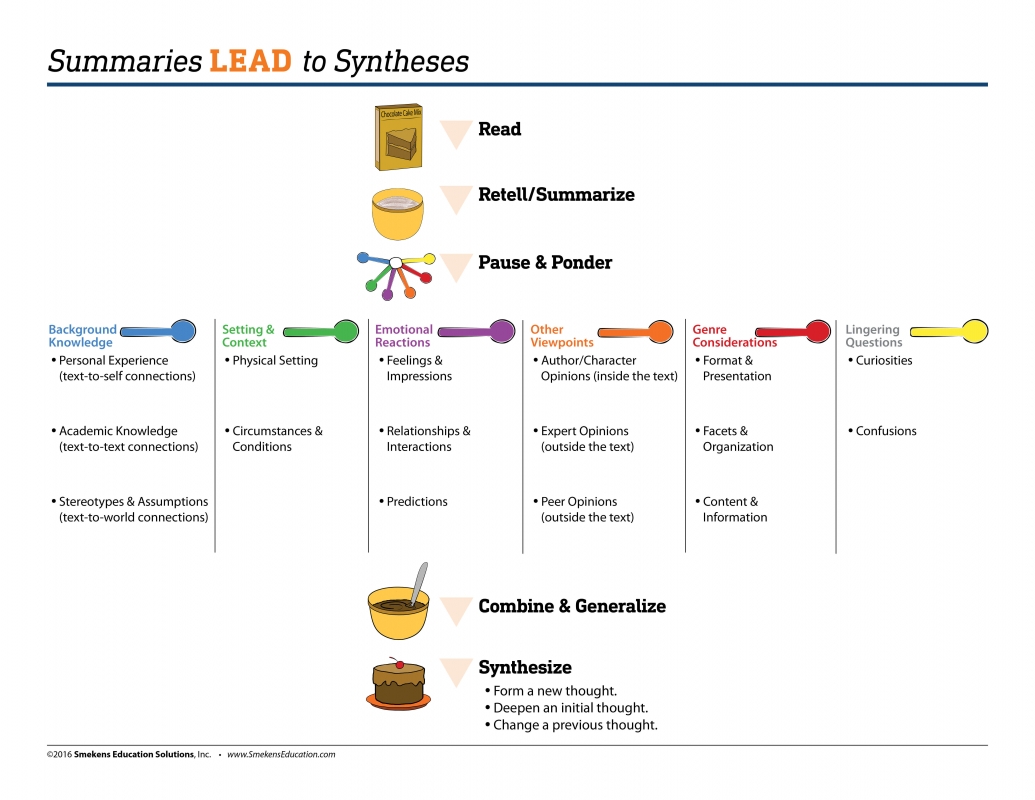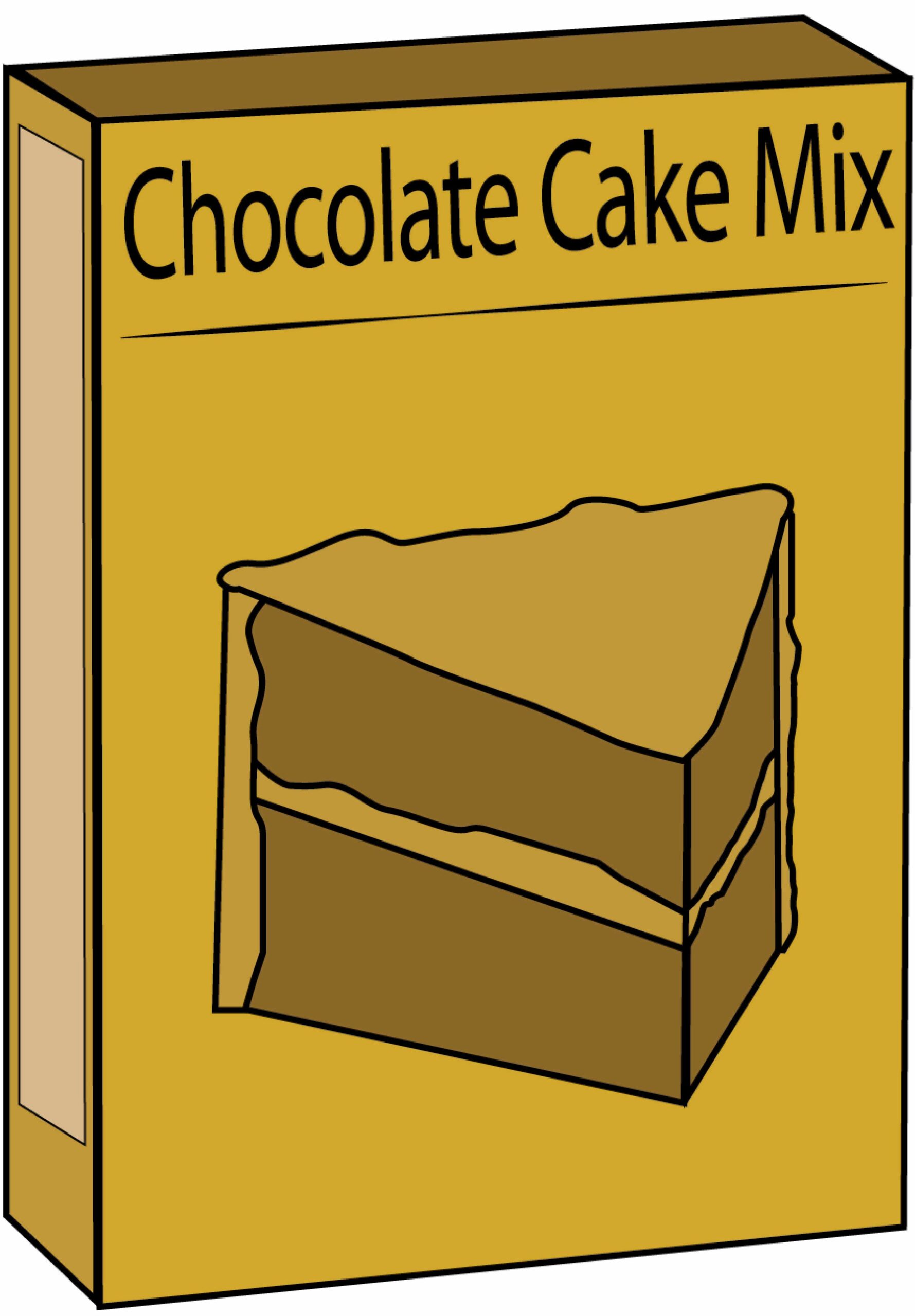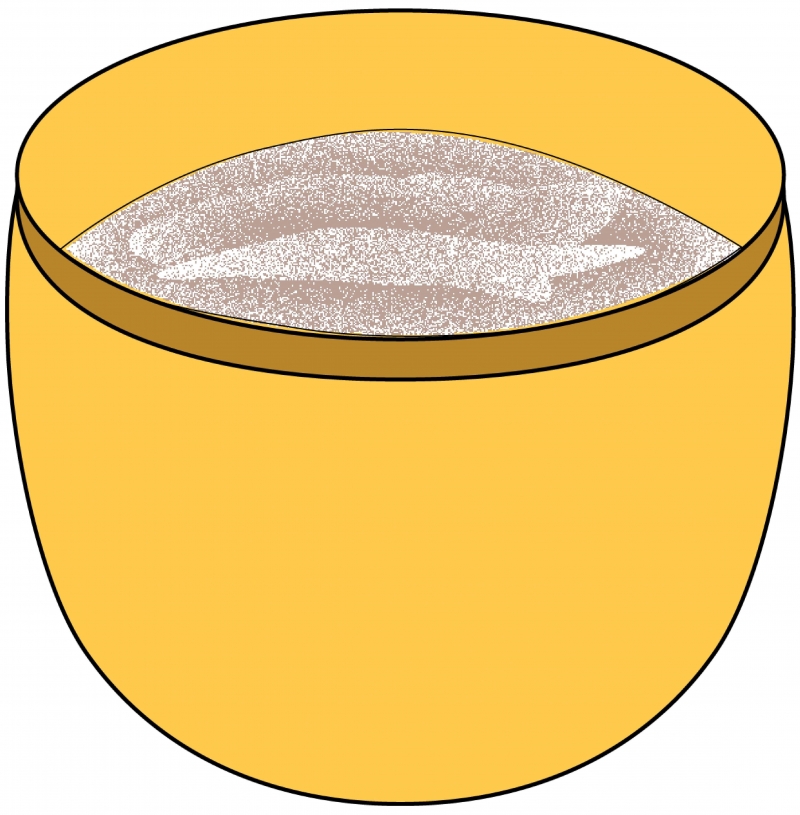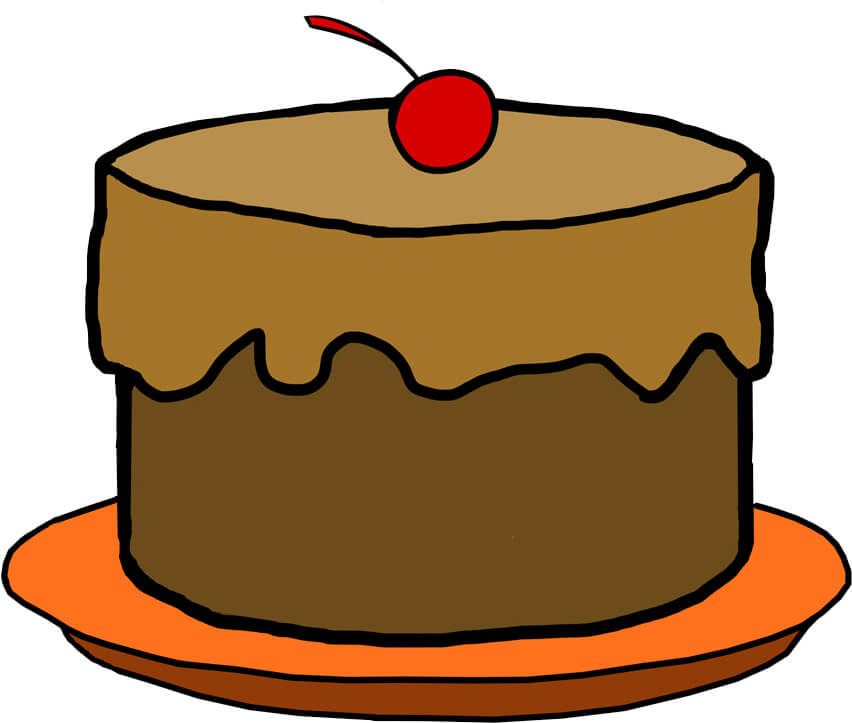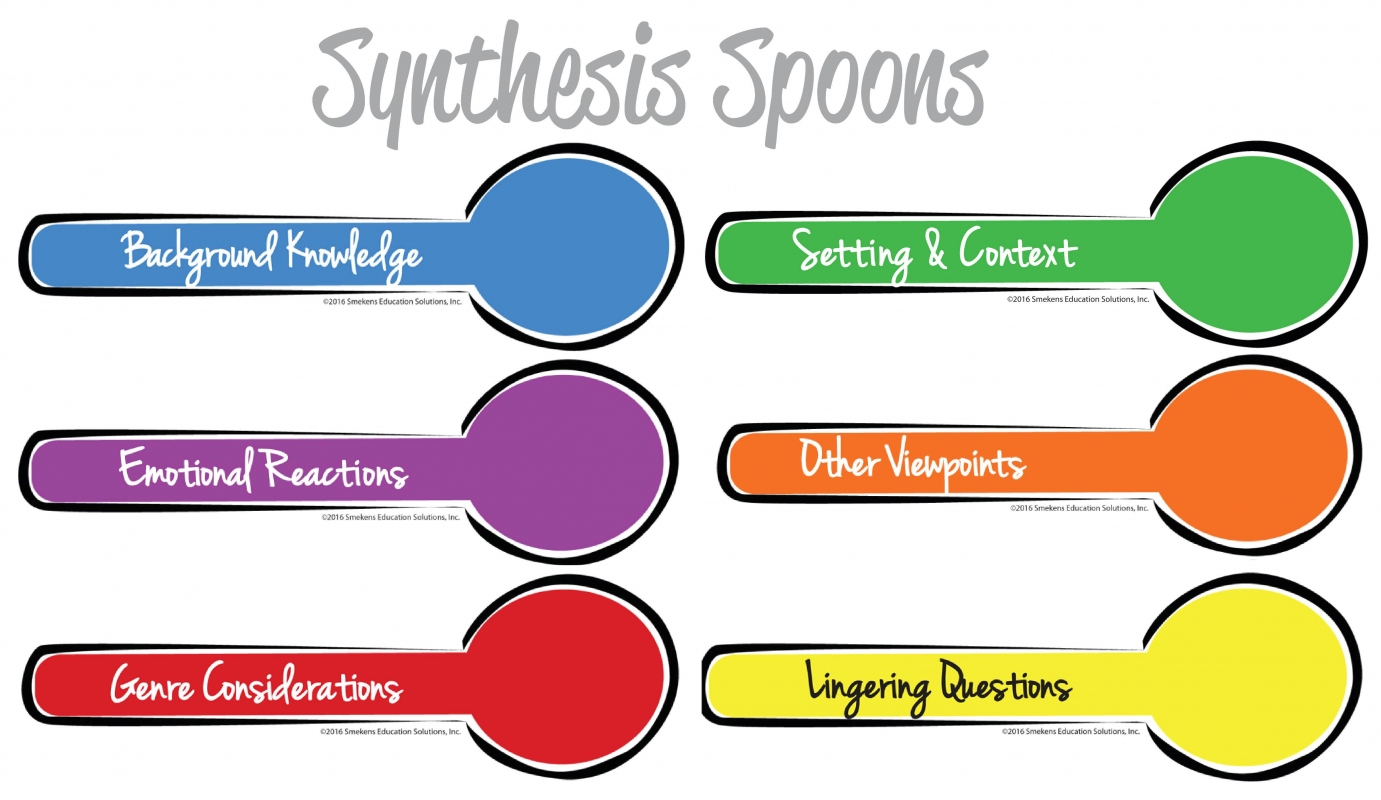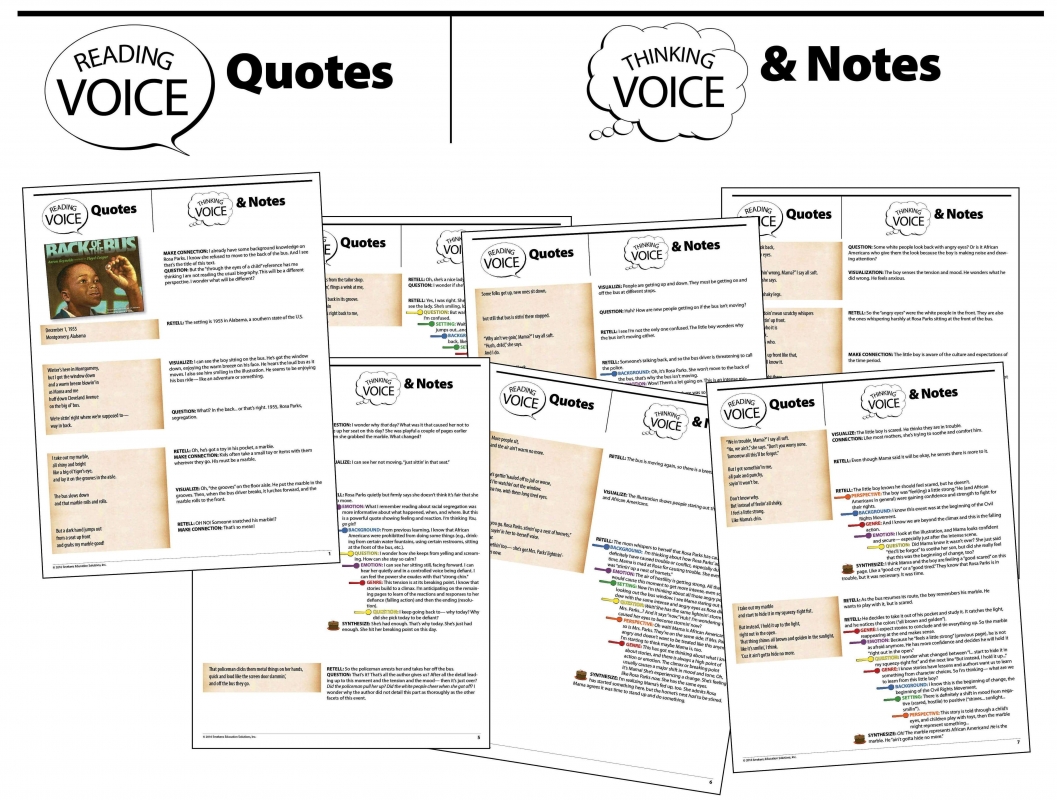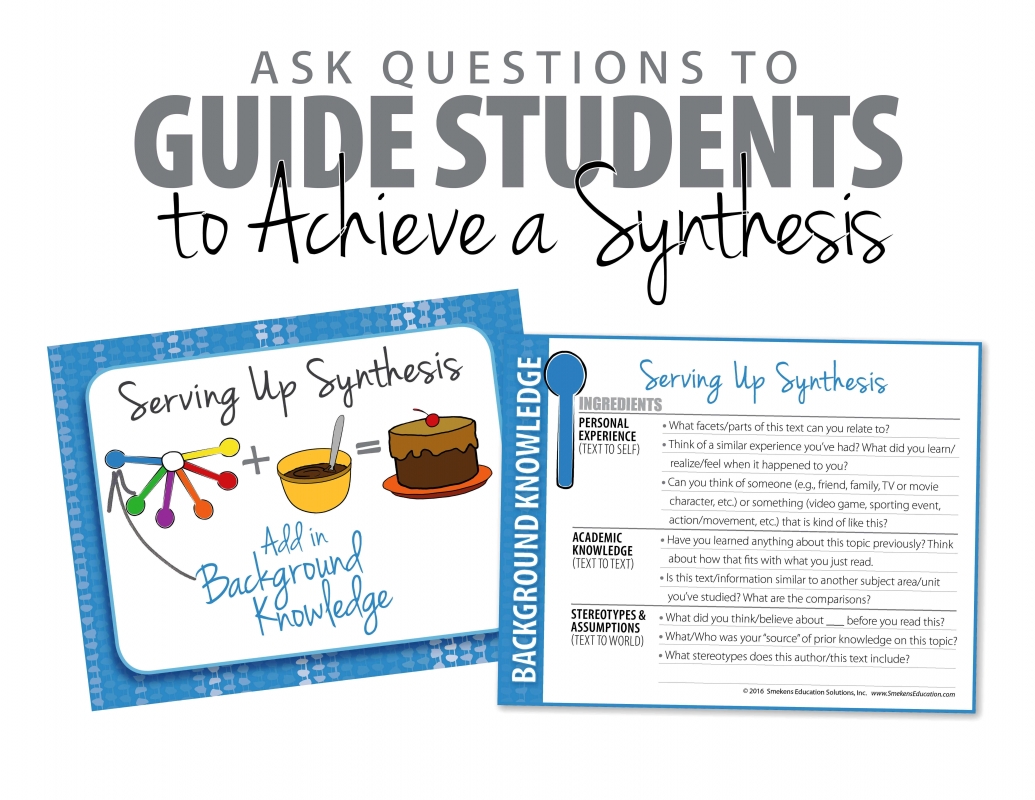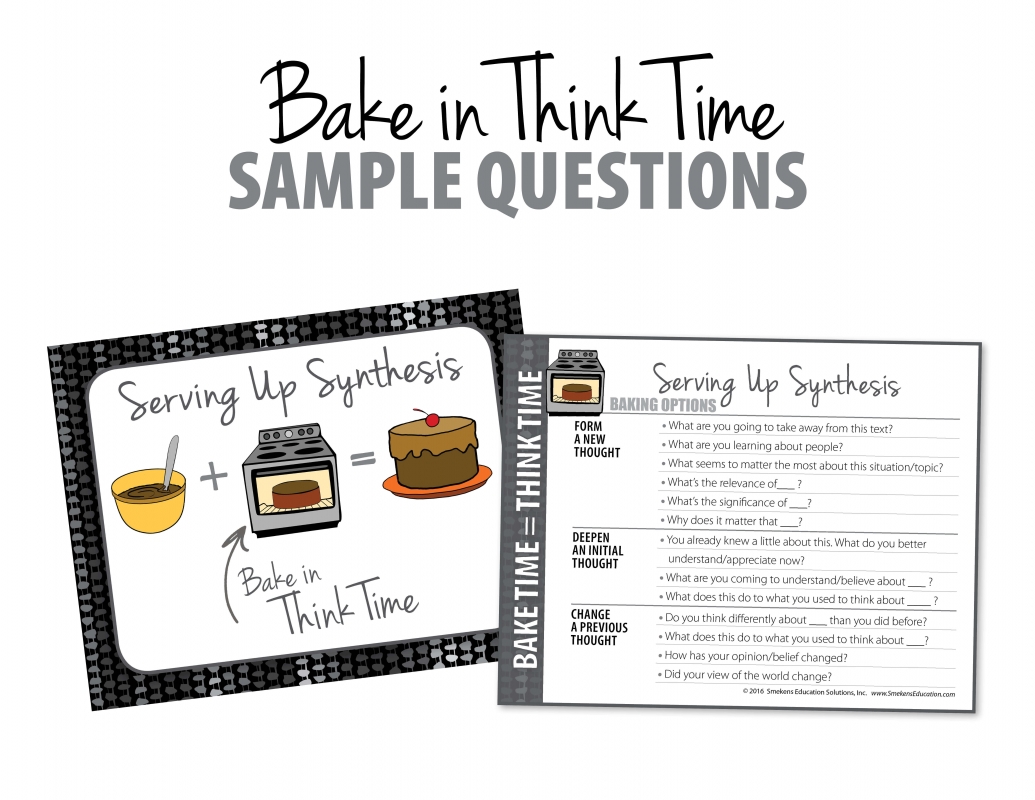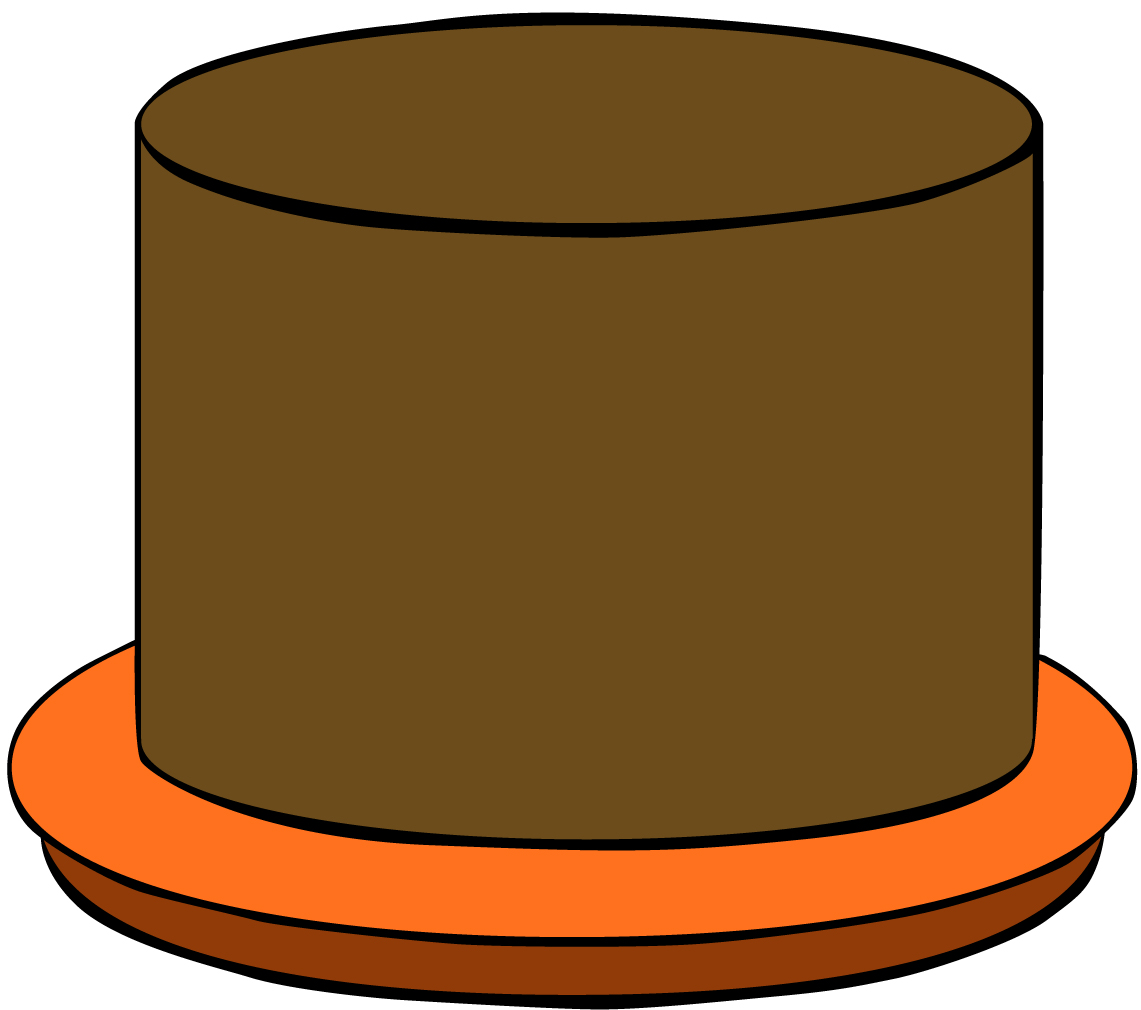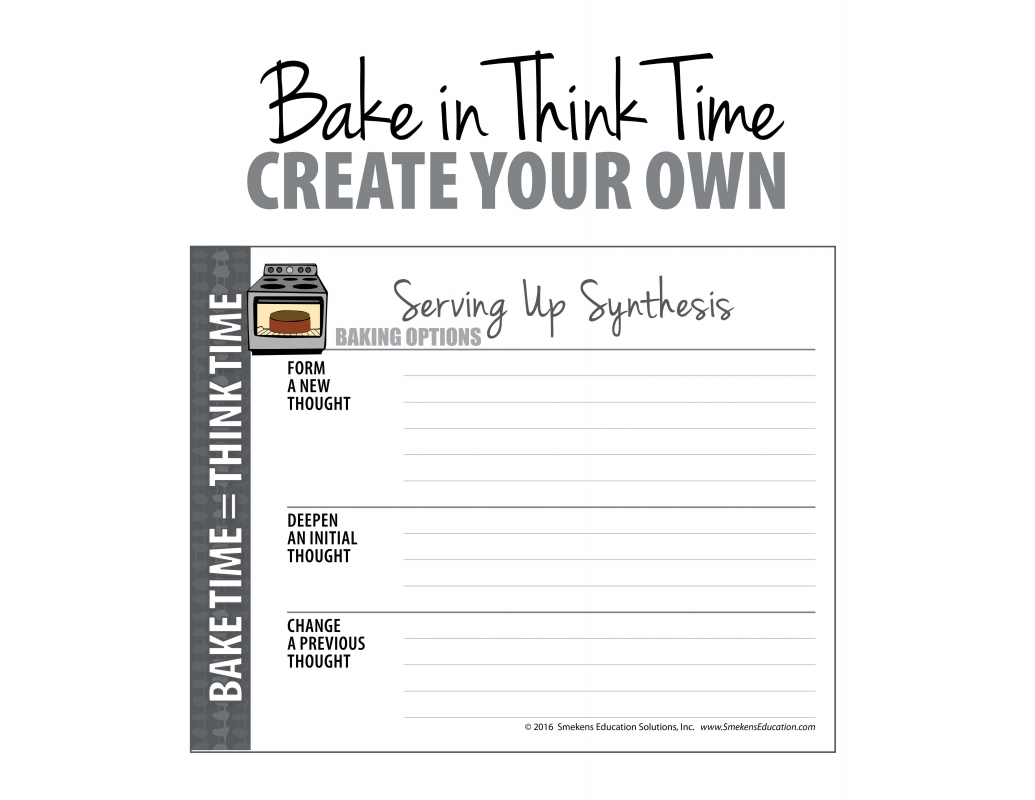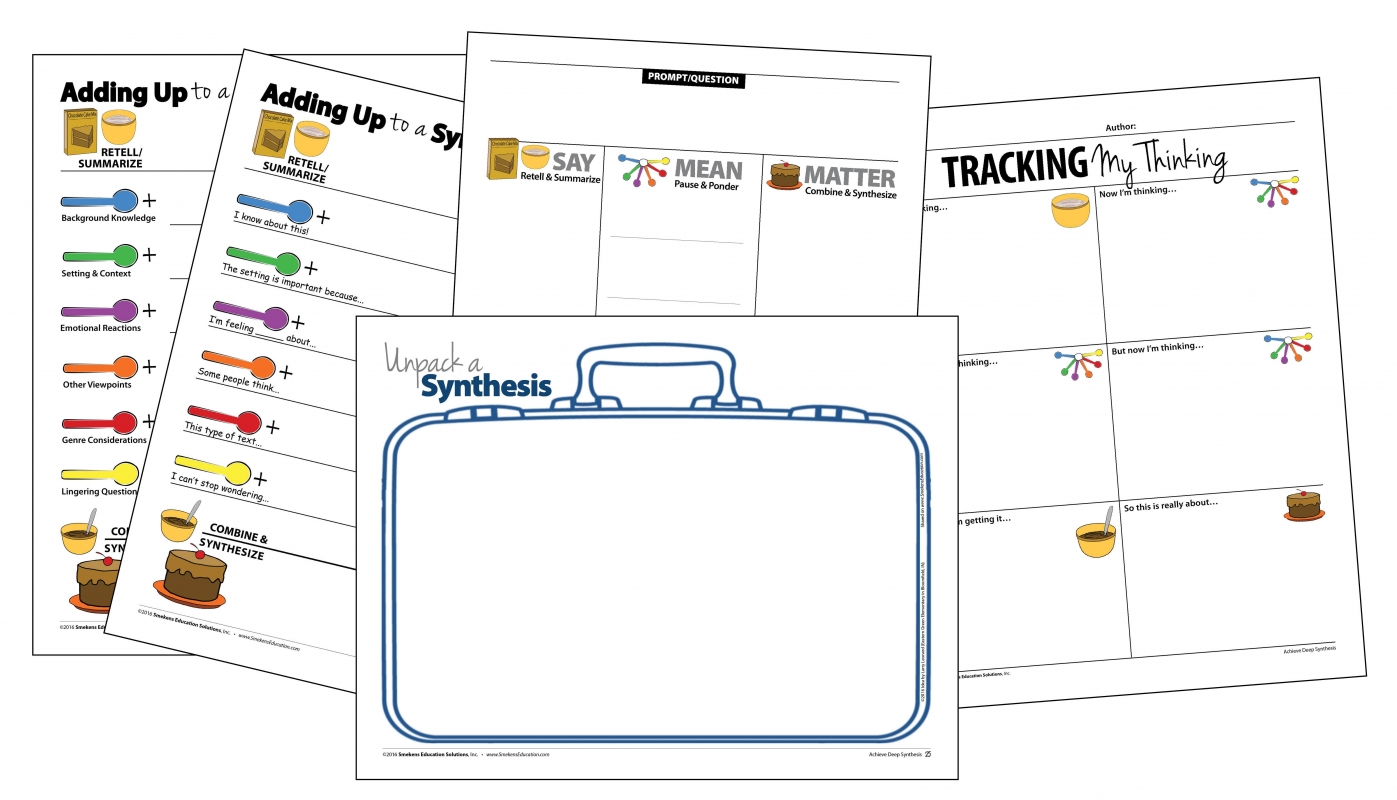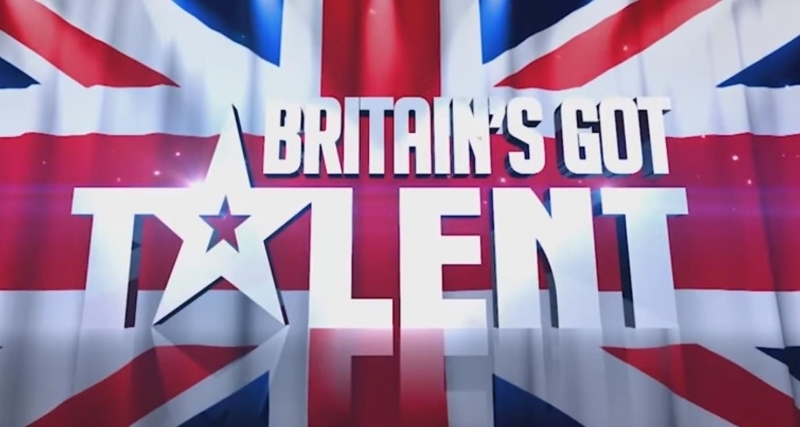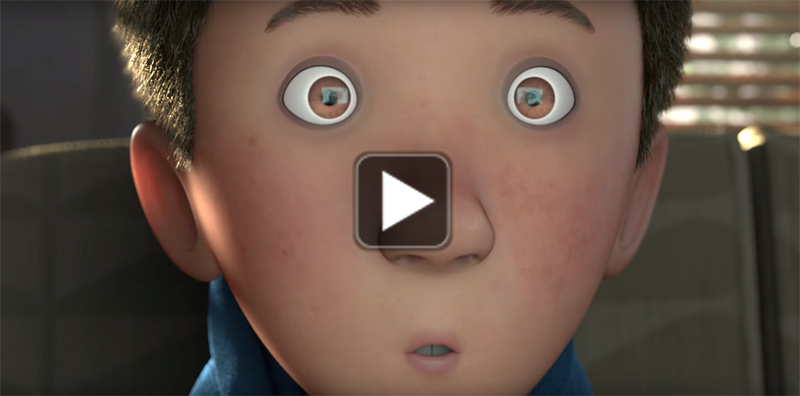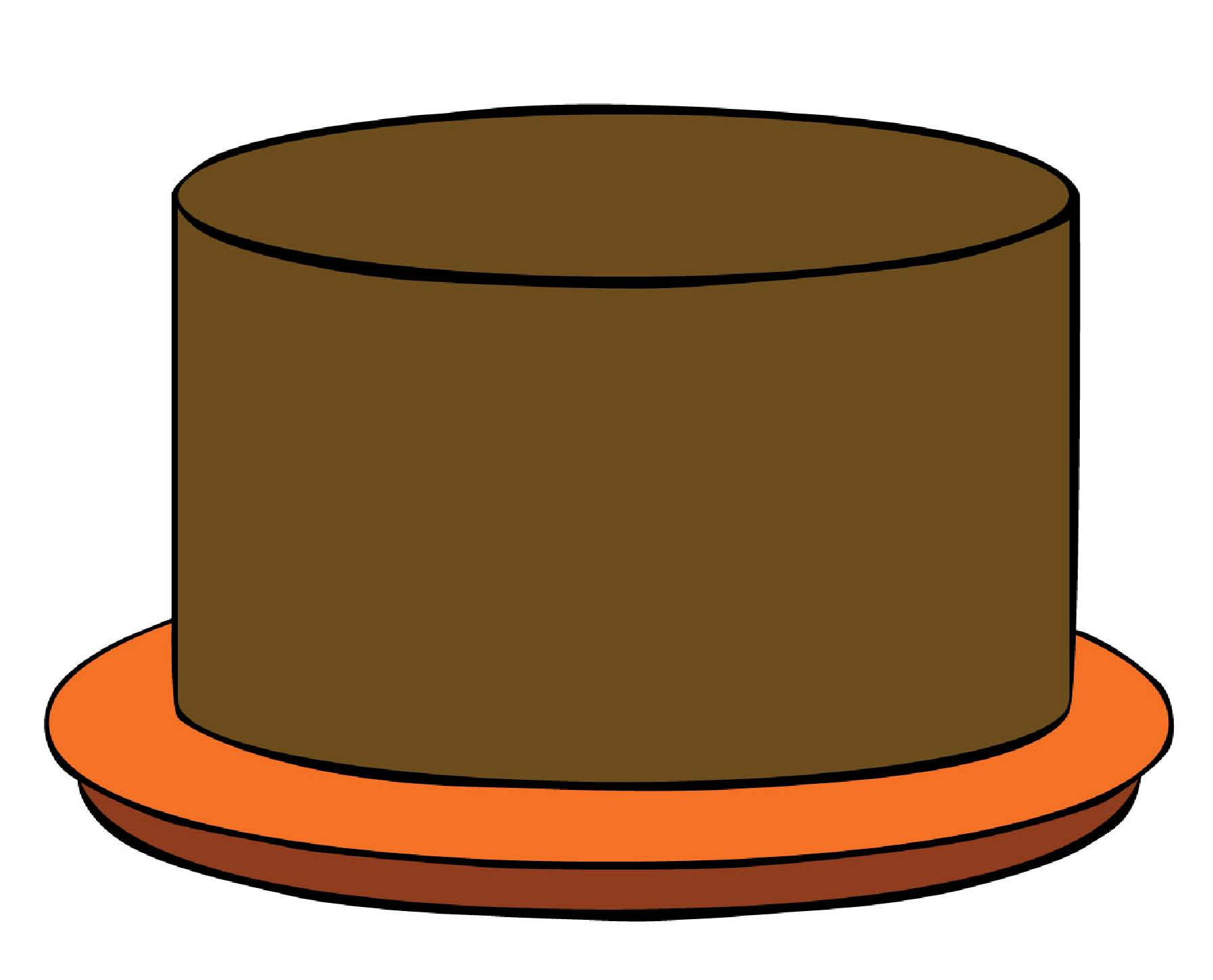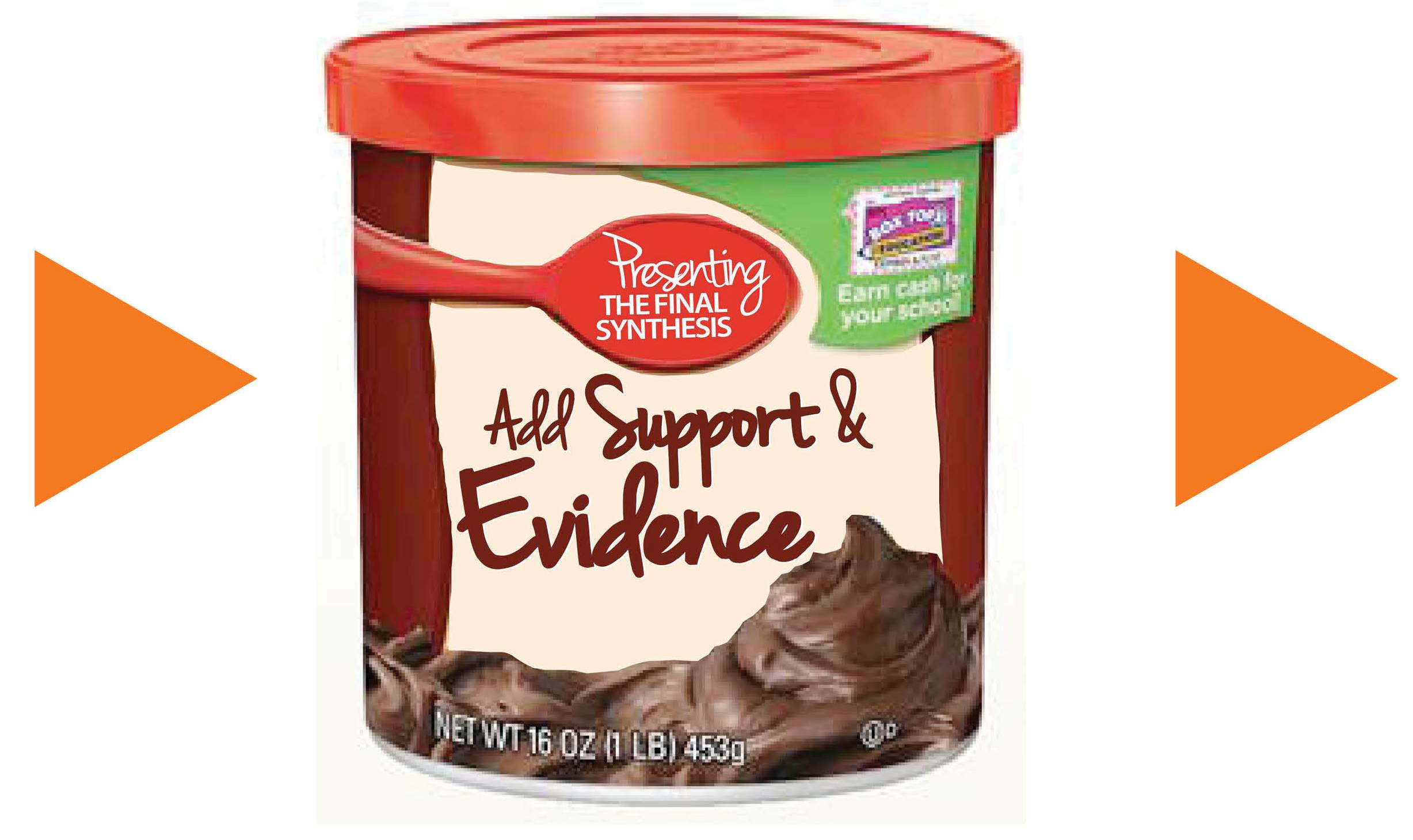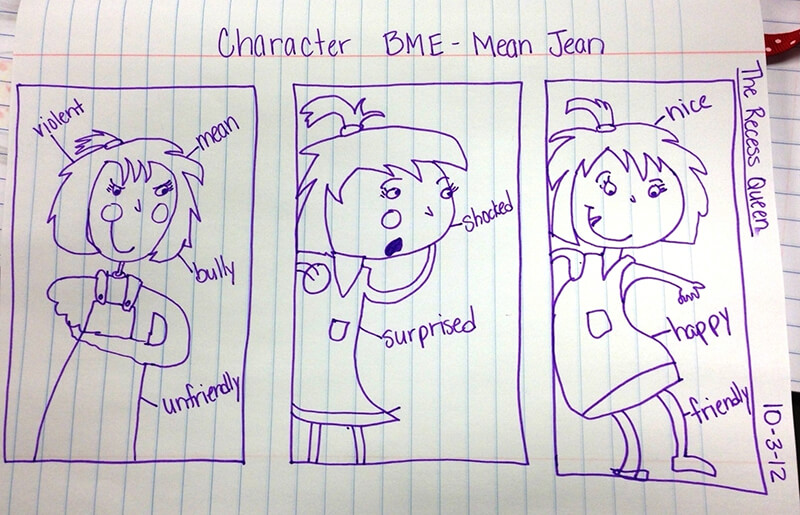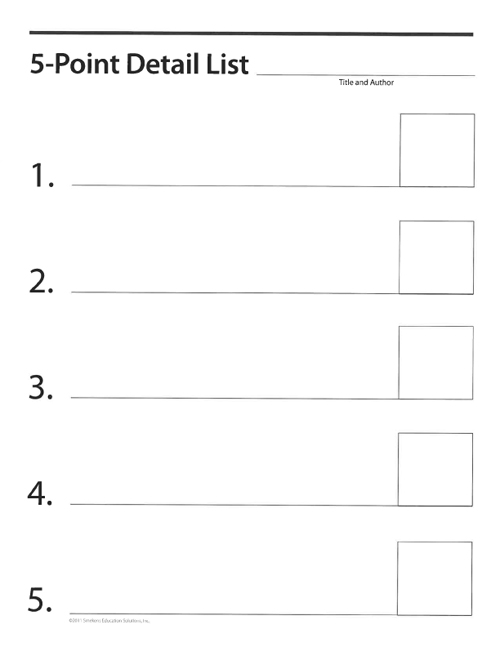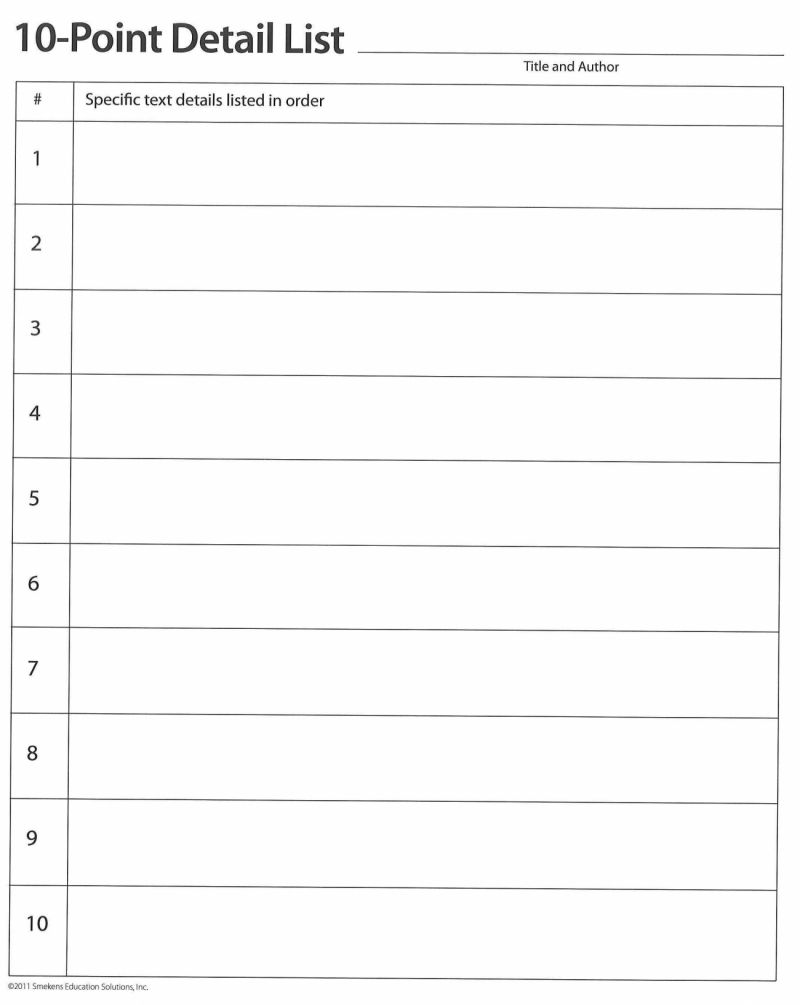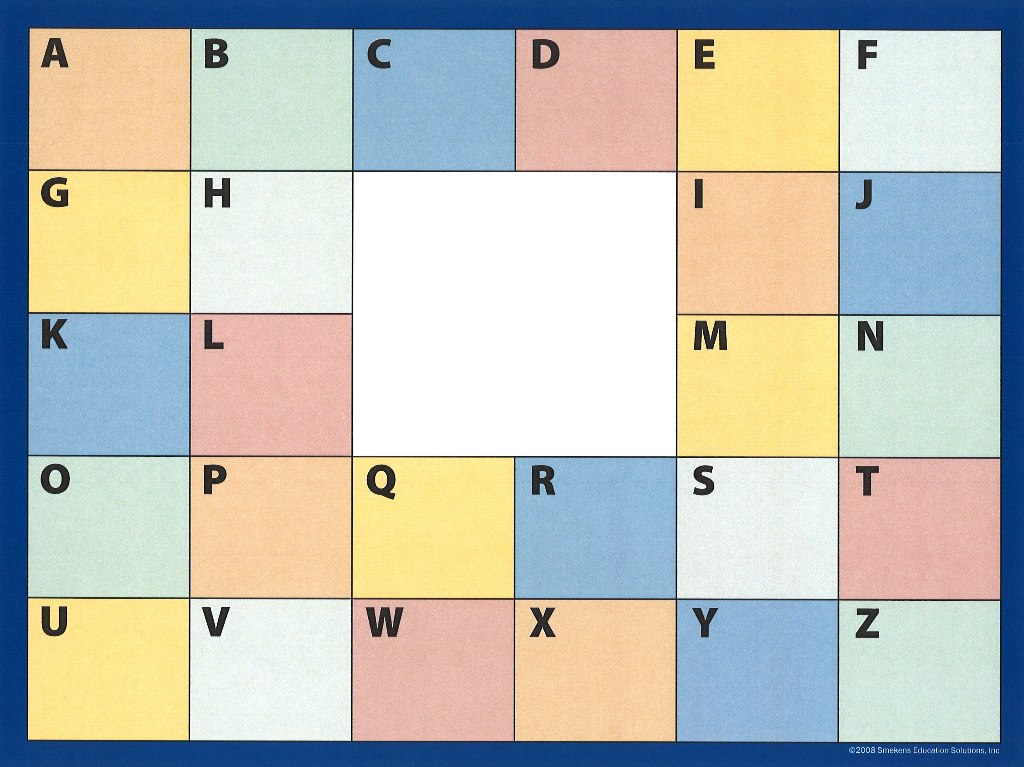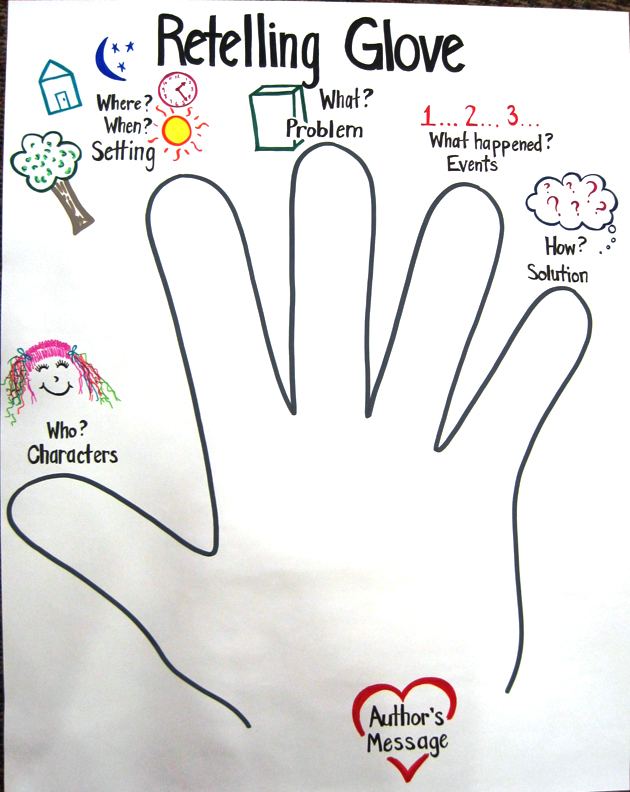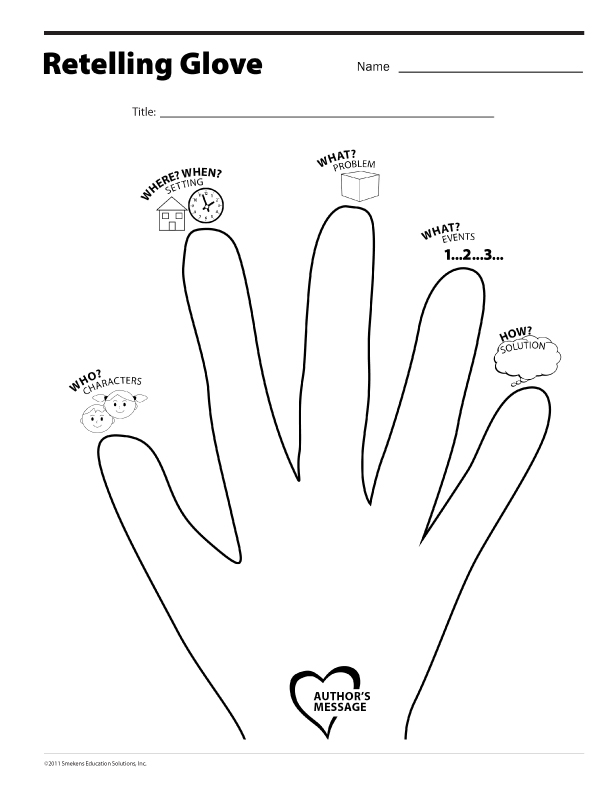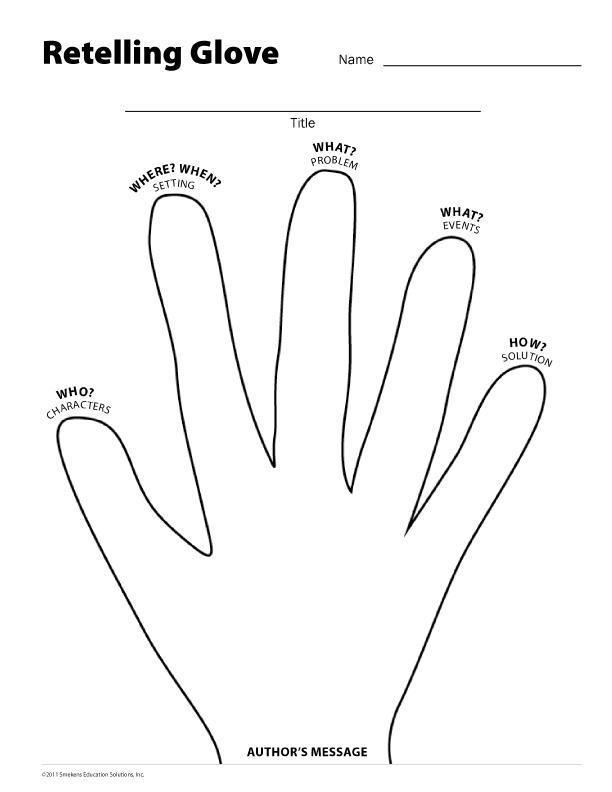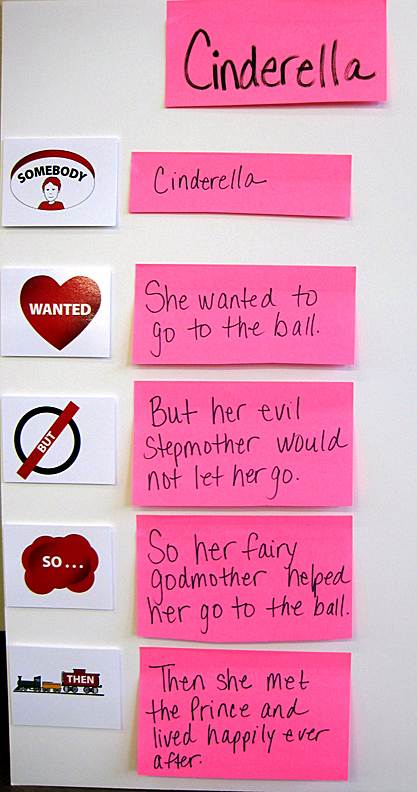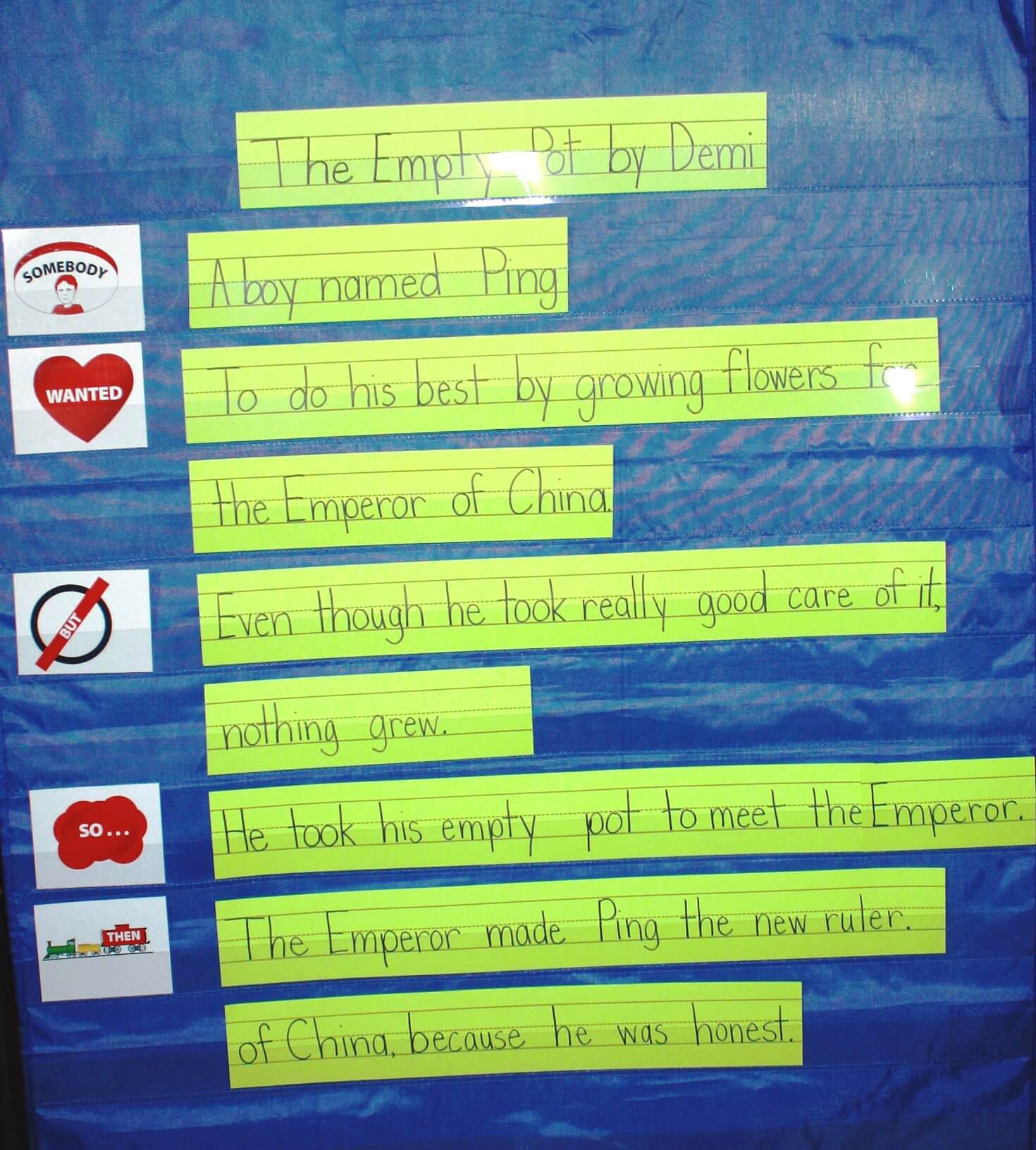Literacy Retreat 2016
SECRET SITE
Achieve Deep Synthesis
Quick Links
Syntheses Start with Summaries
Demonstrate Synthesizing via Think Alouds
Guide Students to Achieve a Synthesis
Bake in Think Time
Synthesizing Activities & Lesson Resources
Track Students’ Thinking
Generate One of Three Types of Syntheses
Develop a Synthesis with Textual Support
20+ Summarization Lesson Resources
Introduce Comprehension Strategies
Introduce a visual icon to represent the power and purpose of each comprehension strategy.
- Introduce the Reading Voice and Thinking Voice.
- Explanation of each icon.
- Full-color PDF mini-posters (8½ x 11)—Option 1 and Option 2.
- Black/white PDF mini-posters (8½ x 11).
- Full-color mini-icons in MS Word (approximately 2″ tall)—Option 1 and Option 2.
- Sing the comprehension songs.
- For more strategies for each comprehension strategy, check out our Learning Center category: Comprehension Lessons.
Syntheses start with summaries
- Identify synthesis in the standards.
- Compare summarizing to synthesizing.
- Replicate synthesizing with a cake-baking analogy.
Demonstrate synthesizing via think alouds
Introduce synthesis as another thought or inference made by the Thinking Voice. Then model the synthesizing process with family photographs.
- View a sample lesson above.
- Download the documents used during the lesson.
Demonstrate a synthesis using a previously read text.
- Watch Kristina model a during-reading synthesis using an excerpt from Back of the Bus.
- Download the documents used during the lesson.
- Download a complete set of Kristina’s Reading Voice/Thinking Voice notes for the picture book Back of the Bus.
Demonstrate a synthesis using a previously read text.
- Watch Kristina model an after-reading synthesis using “The New Kid,” a passage from Read and Succeed: Level 1.
- Download the oversized graphics to create an “Add Up to a Synthesis” anchor chart.
- Download the Smartboard Notebook file (K-2 version, 3-12 version).
- Download the Promethean board file (K-2 version, 3-12 version).
Guide students to achieve a synthesis
After reading a powerful portion of a text (or the whole text), guide students to “bring it all together” and make a synthesis.
- Follow the recipe to “Make a Synthesis.”
- Ask relevant questions about each “spoon” category to encourage students to add to their thinking.
- Plan additional questions using these “recipe card” templates.
Bake in think time
In addition to “adding thoughts,” a synthesis requires students to then combine all the thoughts together to determine the significance—why it all matters.
- This think time is represented with the oven baking time.
- The realization they make is the raw synthesis—the undecorated cake.
- Students may need support in creating a new realization or generalization. Download sample questions or create your own.

Track students’ thinking
Provide resources that will support students as they track the evolution of their thinking.
- Adding Up to a Synthesis (K-2 version, 3-12 version).
- Remove individual sticky notes from the pages of a text and place them on this Tracking My Thinking handout to make it easier to “combine” the thoughts into a synthesis.
- Delineate between the Reading Voice (SAY), the various thoughts of the Thinking Voice (MEAN), and the bigger syntheses of the reader (MATTER) using the Say, Mean, Matter handout.
- Show students how they can use the words and images in a text to unpack a synthesis (Explanation & Example, Template).
Generate one of three types of syntheses
1. Form a new thought—In Tangled, Rapunzel realizes that she is the Lost Princess.
2. Deepen an initial thought—In How to Train a Dragon 2, Hiccup really sees the potential of training dragons.
3. Change a previous thought—The judges on Britain’s Got Talent adjust their previous opinions once Susan Boyle begins to sing. Similarly, viewing The Present causes “readers” to adjust their initial judgment as new information is revealed.
Develop a synthesis with textual support
To the synthesis statement (the cake), the reader adds icing/frosting (textual support). The presentation of the synthesis is completely “covered” in evidence.
A synthesis does not have to be a long written product.
- Create a synthesis equation. Reveal examples from Amy Krouse Rosenthal’s This Plus That: Life’s Little Equations. Students identify key information from the text + their additional thinking = their synthesis.
- State the synthesis (box) and list the evidence (bullets).
- Write a Yes, MA’AM constructed response.
- Before writing independently, groups participate in four-corner conversations or roundtable conversations (PDF version, Promethean board version, Smartboard version).
- Generate a synthesis/claim for an argumentative research paper based on preliminary reading. (Simply hit previous to access Session 1: Redefine the Research Process.)
- Move from a single-text synthesis to synthesizing across multiple texts.

Access 20+ lesson resources to support summarizing
Before students can write summaries and determine main ideas, they first need to be able to recall literal details from the text. Below is a scaffold of skills with supportive lesson resources.
RECALL DETAILS
1. Add sticky-note labels to retell a previously read text.
2. After reading informational text, have students retell a single fact or detail using terms from the index (or pre-select vocabulary from the passage).
3. Introduce the 4 steps to paraphrasing. Eventually add the 5th step—checking for accuracy.
4. Retell the 5Ws—Who, What, Where/When, and Why of literature and informational text. Print the cards. Utillize the Promethean board or Smartboard Notebook version.
5. Create a sequenced list of a single character’s actions. Read it to the class and ask Who am I?
6. Recall the 5, 10, 20 Most Important Details.
RETELL DETAILS
7. First, list ABC details. Then, sort and organize the details to match the sequence or structure of the passage.
9. Name the story elements with the Retelling Glove. Create an anchor chart. Write on knit gloves. Eventually, transition students to the handout version.
DEFINE A SUMMARY
12. Clarify the difference between paraphrasing and summarizing a text.
13. Summaries are condensed retellings. Since they only include the highlights, compare it to ESPN Sports Center.
DETERMINE THE IMPORTANT FROM THE LESSER IMPORTANT
14. Summarize texts by creating found poems.
15. Determine the most important information using Fist Lists and 911-Retellings.
16. Reveal how to pare down information from the original text using the Shrinking Summary technique (PDF handout, Word document, Promethean board, & Notebook version.)
PROVIDE FRAMES & STRUCTURES
17. Complete the Somebody… Wanted… But… So… Then… frame. (Introduce the icons. Reveal multiple examples. Transition to the Promethean board version or Smartboard Notebook version and/or the handout version.)
18. Create simple summaries with 4-tiered pyramids.
19. Summarize an informational text by stringing the subheadings together (Organisms example, Grasshopper example).
20. Support summary writing with frames based on a text’s structure.
NARROW THE SUMMARY DOWN TO THE MAIN IDEA
21. Generate 140-character tweets.
22. Explain the difference between a text’s topic and its main idea.
23. Reveal newspaper headlines as main-idea sentences (2012 Super Bowl examples).
24. Primary students can determine main idea, too.
25. Older students can generate main-idea titles for each chapter of a novel.
26. Support main ideas with textual evidence.


